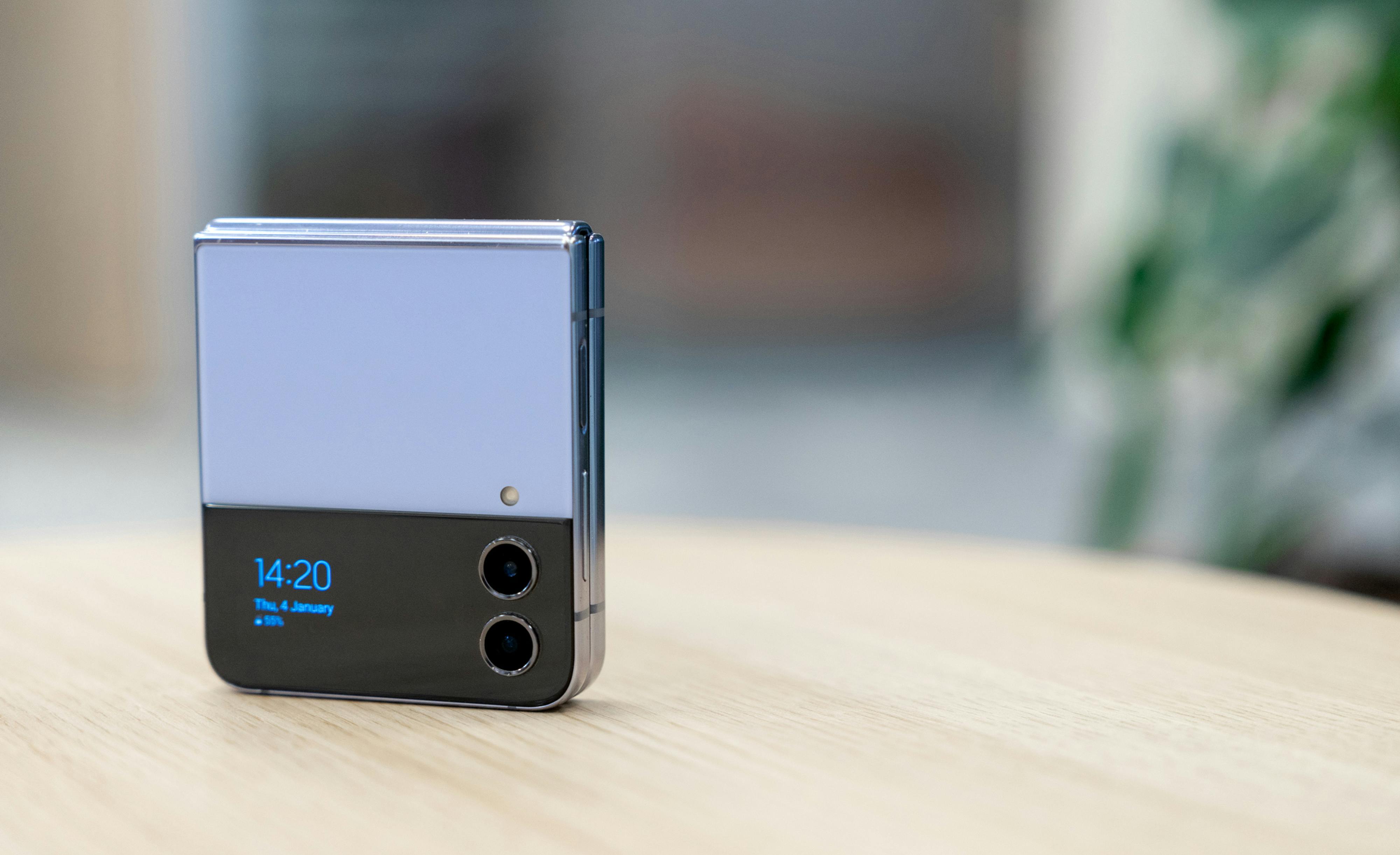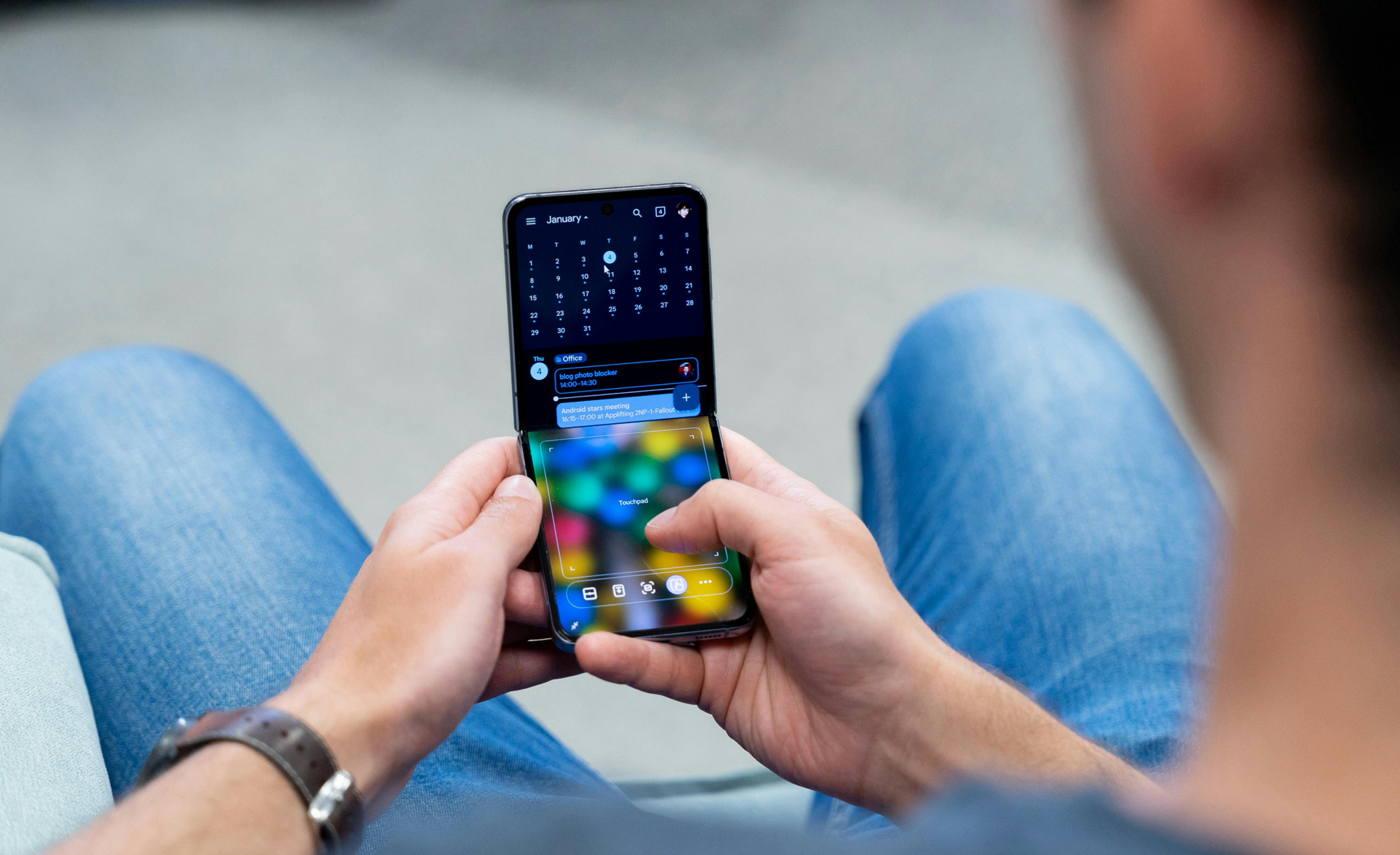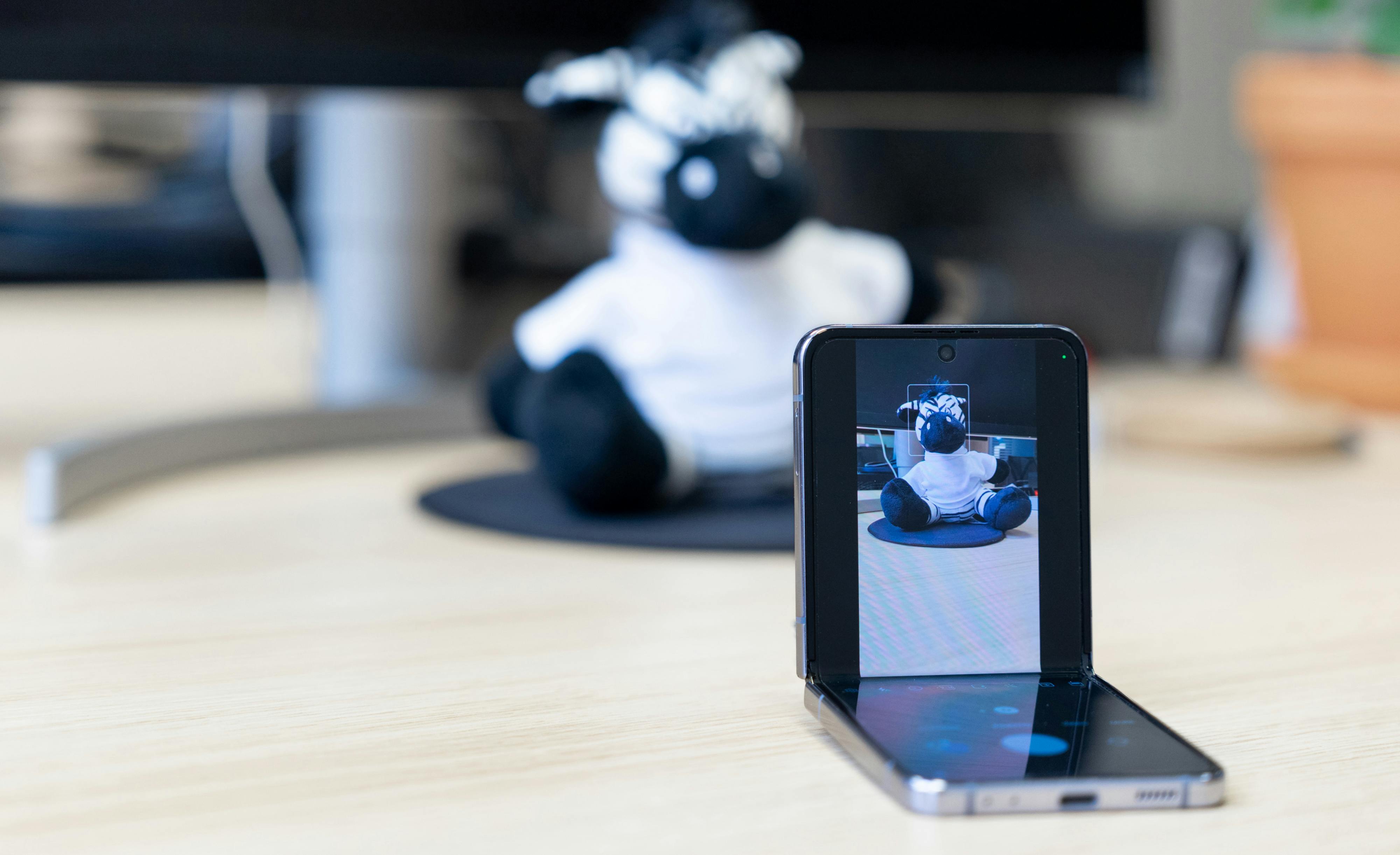Foldable devices have revolutionized the way we interact with technology, offering a perfect blend of portability and functionality. Their flexible displays allow users to switch between phone and tablet-sized screens seamlessly. This innovation has opened up a world of possibilities, from improved multitasking capabilities to enhanced multimedia experiences.
Let’s “unfold” who the major players are, explore the challenges developers face in adapting applications for these devices, and highlight some applications that have embraced the foldable format.
Key players and their offerings
Since the Royole FlexPai set the stage as the first foldable device on October 31, 2018—showcasing the potential of this technology—a wave of manufacturers have entered the race, each bringing their unique take.
Notable players include Samsung with their Galaxy Fold and Flip series and Huawei with the Mate X series. Other companies have also followed suit, introducing models like the Xiaomi Mi Mix Fold, Motorola Razr, Oppo Find N2, and Microsoft Surface Duo. Not to be outdone, Google has also joined the party in 2023 with their first foldable model, the Pixel Fold.
These devices vary in design: the Samsung Galaxy Z Fold has a single foldable display, while the Microsoft Surface Duo features a dual-screen setup. As the technology continues to evolve, we can expect to see even more diversity in the foldable device landscape, with new entrants and innovations shaping the future of mobile computing.

Adapting applications for foldable devices
As these devices gain traction, developers face the challenge of adapting their applications to make the most of the new design. This involves optimizing UI, ensuring seamless transitions between screen sizes, and providing unique features that take advantage of the foldable experience.
Android has introduced the WindowManager, a library that helps developers detect and handle various screen states and configurations. The WindowManager provides APIs to access information about the device's display features, such as hinges, folds, and cutouts. This enables developers to create responsive layouts that adapt to different screen configurations, ensuring a seamless experience on foldable devices.
Samsung, a leading player in the foldable device market, has also introduced Flex mode. This feature allows applications to split the screen into two halves when the device is partially folded, offering a unique way to interact with content. This mode is particularly useful for activities like hands-free video calling, taking stable photos and videos, and viewing content on the top screen while controlling it from the bottom.
Flex mode, while offering some benefits, has a notable drawback as it overrides the custom layout settings for foldable devices. Nevertheless, Samsung provides a solution in its settings, allowing users to selectively choose which applications utilize Flex mode and which do not.
Users can also opt to use the Flex mode panel in a half-opened state for any application. In this mode, one half of the screen serves as a control center, featuring a touchpad, volume, brightness, and other settings.

Apps that have embraced the flexible screen
Several applications have already incorporated unique features that take advantage of the technology. Here are a few notable examples:
- Google Maps: The popular mapping and navigation app provides a split-screen view, with the map on one half of the screen and detailed information on the other. This allows users to access more information at a glance without constantly switching between screens.
- Adobe Acrobat Reader: This PDF reader application adapts its UI by displaying the document on one half of the screen and the annotation tools on the other, making it easier to review and edit documents on the go.
- Microsoft Outlook, Gmail: The email client offers a dual-pane view that displays the inbox on one half of the screen and the email content on the other. This layout makes it more convenient to manage emails and multitask on foldable devices.
- Messenger, WhatsApp, Instagram: These apps split the screen to show chats or feeds on one side and messages or posts on the other, enhancing navigation and interaction.
The limitation lies in the fact that it typically supports only one kind of foldable device. For instance, while you can enjoy a custom layout in the Gmail app on Samsung Fold devices, this feature is not available on Flip devices.

A new era in app innovation
As foldable devices are becoming increasingly popular, developers have the opportunity to create innovative applications that take full advantage of the unique form factor. By following best practices and leveraging tools like WindowManager, Jetpack Compose, and Flex mode, developers can craft engaging, responsive, and immersive applications that elevate the foldable device experience to new heights.
Next time, we’ll dive deep into the realm of development for these devices. We’ll explore best practices and go through the implementation process using our example app. Stay tuned!